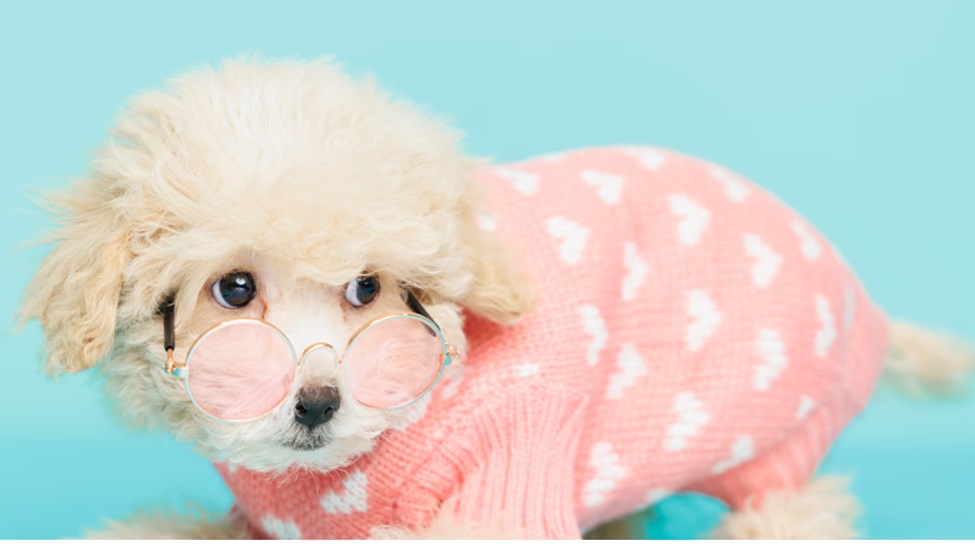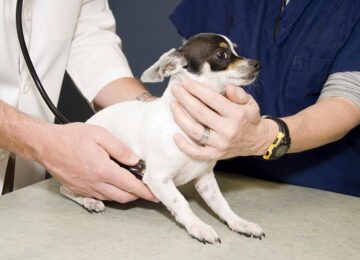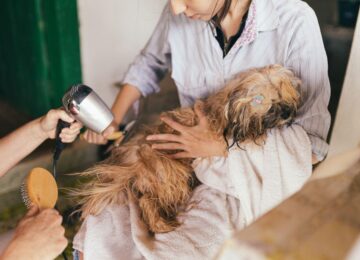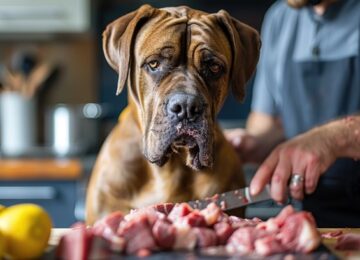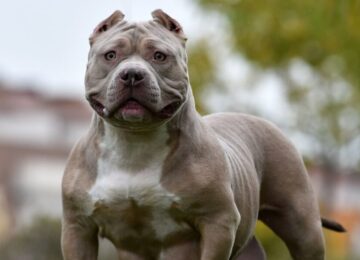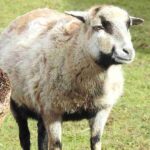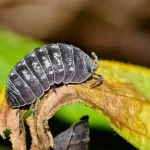People who are allergic to dogs often see Bichpoo puppies for sale, which are a crossbreed between a Bichon Frise and a Poodle. But people who love pets and people with allergies are still arguing about whether Bichpoos are safe.
When judging how hypoallergenic Bichpoo dogs are, they must consider how much they shed and if they cause allergies. This complete guide includes in-depth information on how Bichpoos shed, what causes pet owners to have allergies, and the truth behind the claims that these cute cross breeds are hypoallergenic.
Shedding Patterns of Bichpoo Puppies
Understanding the Coat Types of Bichpoos
The hair traits of bichon-poos come from their parents, the bichon frise, and the poodle. An average Bichon Frise has a soft, curly coat that can be different lengths and textures. Poodles, on the other hand, are known for having a thick, curly, or wavy coat that is hypoallergenic.
Various combinations of these traits can make a bichon puppy’s hair look different, from curly to straight and short to long. Understanding the different types of coats that Bichpoos have is essential for figuring out how much they shed and how hypoallergenic they might be.
Shedding Frequency and Severity in Bichpoos
Many people think that Bichpoos don’t shed at all, but they do, just like some other hypoallergenic breeds. Even though Bichpoos may shed less than breeds with single-layered coats, like Labradors or German Shepherds, they still shed some.
Bichpoos shed at different rates and other ways based on their coat type, genetics, and personal traits. There may not be much shedding in some Bichpoos all year, while mild to low shedding may happen in others.
Seasonal Shedding in Bichpoos
Like many other dog types, Bichpoos may shed occasionally, significantly, when the seasons change. Shedding during certain times of the year, also called “blowing coat,” is a normal thing dogs do to make room for new hair.
Bichpoos may lose more hair during yearly shedding, especially in the spring and fall, as their bodies adjust to changes in temperature and daylight. Seasonal shedding is normal, but it can worsen allergies in already sensitive people. This shows how vital grooming and maintenance are for handling allergies related to pets.
Grooming Practices to Minimize Shedding
Proper grooming is essential for keeping Bichpoo pups hypoallergenic and reducing their shedding. Brushing your hair regularly removes free hair and keeps it from getting tangled and mats, which lowers the amount of hair that ends up in the environment.
It can also help allergy sufferers by bathing their pets often with hypoallergenic shampoos, which clear allergens from the fur and skin. Regularly trimming the Bichpoo’s fur, especially around the eyes, ears, and paws, keeps it looking neat, stops allergies from building up, and keeps the skin from getting irritated.
Dietary Considerations for Healthy Skin and Coat
What a Bichpoo puppy eats is essential for keeping its skin and hair healthy, affecting how much it sheds. A well-balanced diet full of essential nutrients like protein, omega-3 fatty acids, vitamins, and minerals helps the skin and hair thrive, lowering the risk of skin problems or too much shedding.
If you choose high-quality commercial dog food or make homemade meals for your Bichpoo with the help of a vet, you can be sure that they are getting enough nutrition to stay healthy and shed less.
Allergies in Pet Owners: Causes and Management
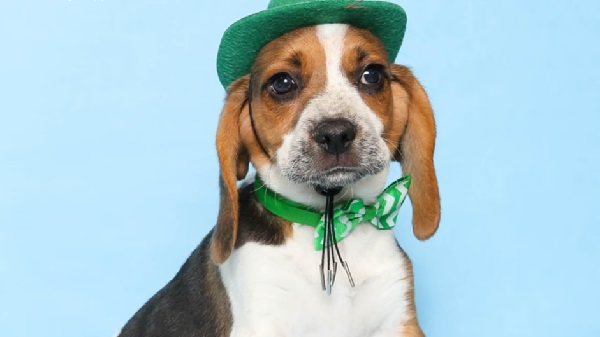
Understanding Pet Allergies
Proteins in pets’ saliva, pee, and dander (dead skin flakes) can make people allergic to them, including dogs like Bichpoos. Pet hair itself is not allergenic, despite what most people think.
However, it can trap allergens like dander, saliva, and pollen, worsening allergic responses in people who are already vulnerable. Pet hair or shed dander can get into the air and be breathed in or touch the skin, which can cause sneezing, itching, watery eyes, and breathing problems.
Factors Contributing to Pet Allergies
Many things can cause and worsen allergic responses to pets, such as genetics, personal sensitivity, frequency of exposure, and the immune system’s response. Some people may become allergic to certain dog types or allergens, but others may be able to handle them without any problems.
Also, the air quality inside, how clean the house is, and how well pet owners take care of their pets can change the amount and frequency of allergens in the home, affecting pet owners’ allergy symptoms.
Managing Pet Allergies Effectively
Taking care of pet allergies effectively requires a multifaceted method that considers personal and environmental factors. Using strategies to lower allergens, like cleaning, dusting, and washing pet bedding regularly, helps keep allergens from building up in the home.
Putting high-efficiency particulate air (HEPA) filters in air conditioners and air purifiers can also lower the number of allergens in the air, improving the air quality inside and helping allergy sufferers. Additionally, making pet-free areas in the house, like bedrooms or living rooms, gives allergy sufferers a break from allergens, improving their general health and comfort.
Allergy Testing and Immunotherapy Options
People with severe or long-lasting allergies to pets can get allergy tests to determine which allergens they are allergic to and how to treat them most effectively. To find out if someone has allergen-specific IgE antibodies in their blood, allergy tests may use skin prick tests or blood tests.
Based on the results of allergy tests, doctors may suggest different types of treatment, such as allergen immunotherapy (allergy shots or drops that you put under your tongue). Immunotherapy lowers the number and harshness of allergic reactions in pet owners by making the immune system less sensitive to particular allergens over time.
Lifestyle Modifications for Allergy Management
Along with controlling the surroundings and medical treatments, pet owners can better deal with allergies by changing their lifestyles while still enjoying the company of their furry friends. Grooming and bathing pets regularly, ideally by non-allergic family members, can stop the spread of allergens and lower the risk of allergic reactions.
People who are allergic to pets may also benefit from choosing hypoallergenic types or cross breeds that don’t shed much, like Bichpoos. It’s important to remember, though, that no dog breed is completely hypoallergenic and that people may have different responses depending on things like the type of coat, how often the dog is groomed, and how sensitive they are to allergens.
The Bottom Line
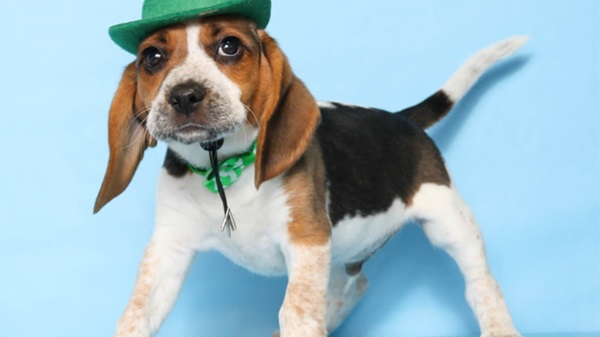
To sum up, determining whether Bichpoo puppies for sale are hypoallergenic entails managing pet allergies, comprehending shedding patterns, and considering unique characteristics like coat type and grooming techniques.
Bichpoos may shed less than some other dog breeds, but they still shed, and pet owners can still have allergic responses to their fur. By training, feeding, and cleaning their Bichpoos properly, owners can reduce shedding and their pets’ exposure to allergens, improving their quality of life while enjoying the company of their beloved pets.


